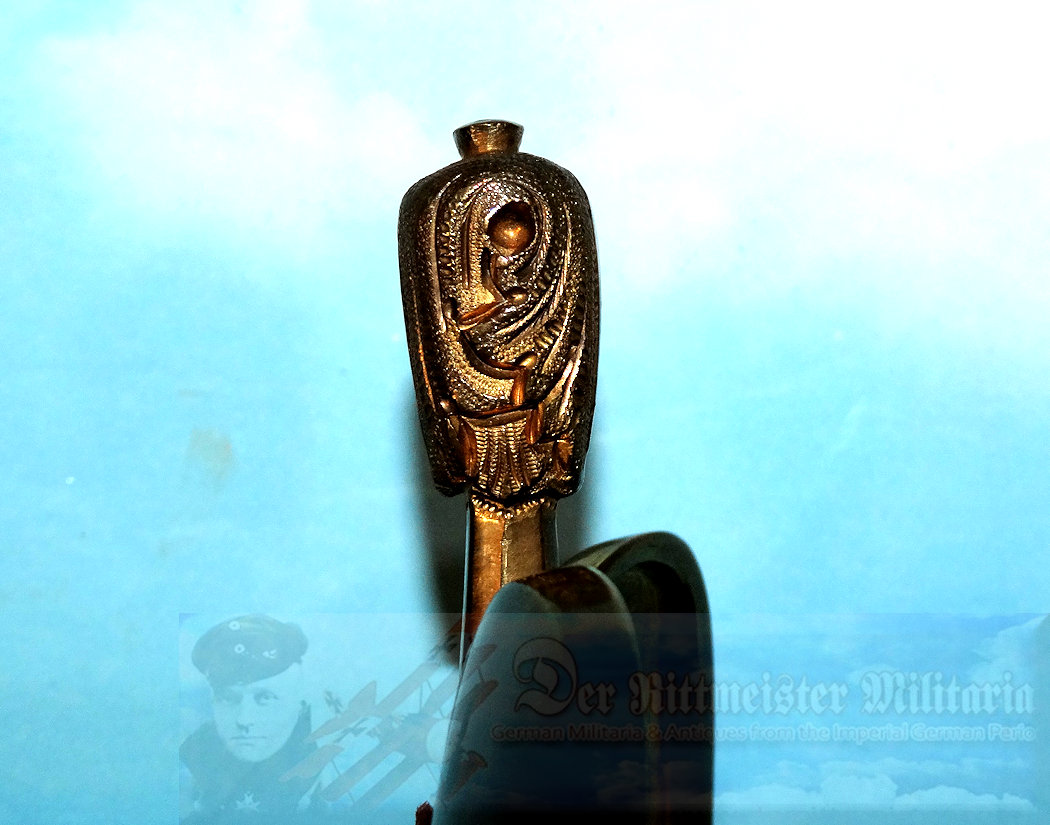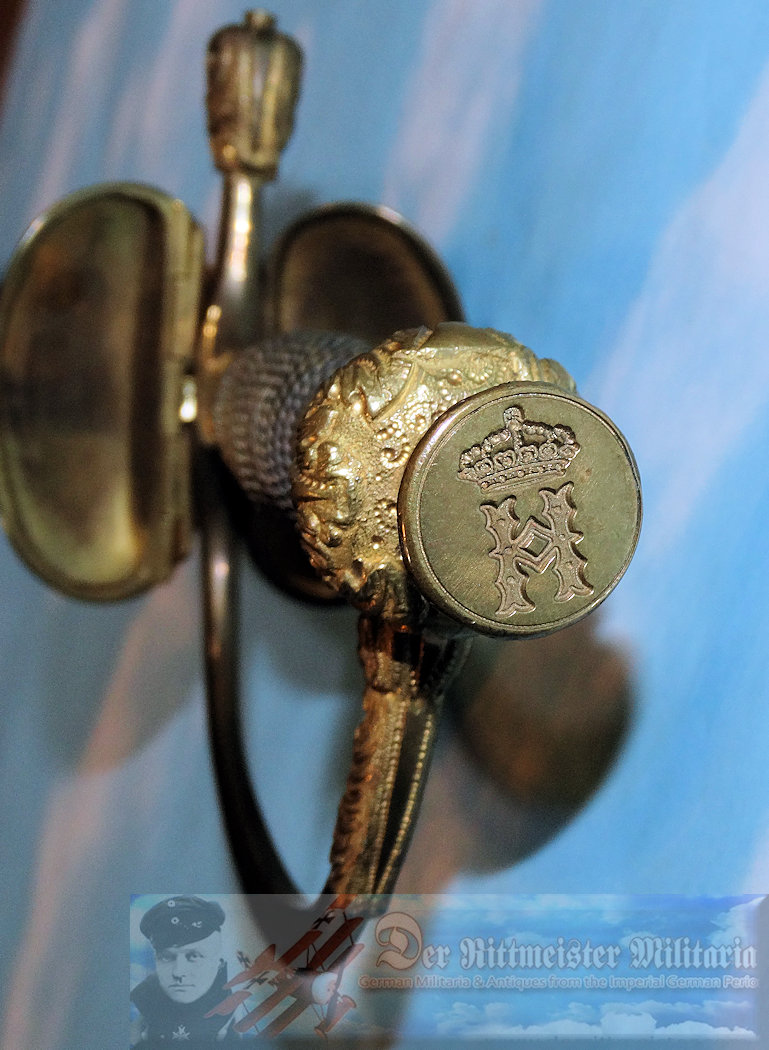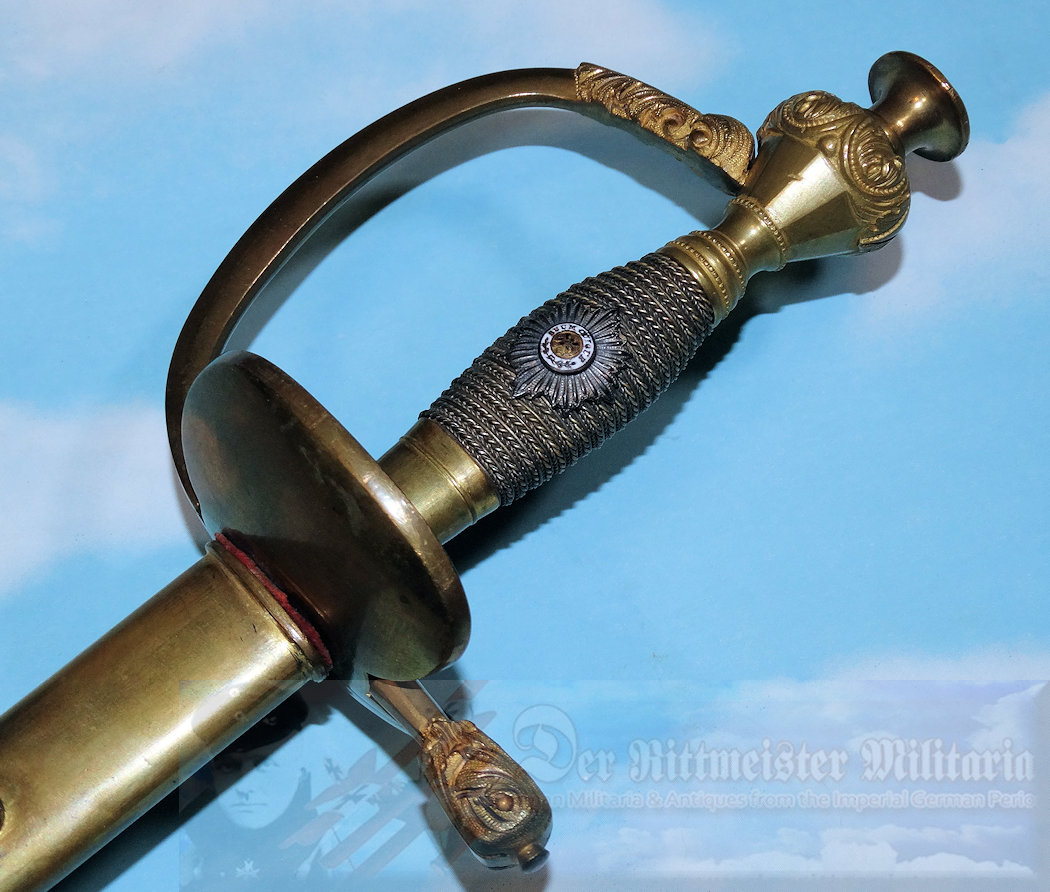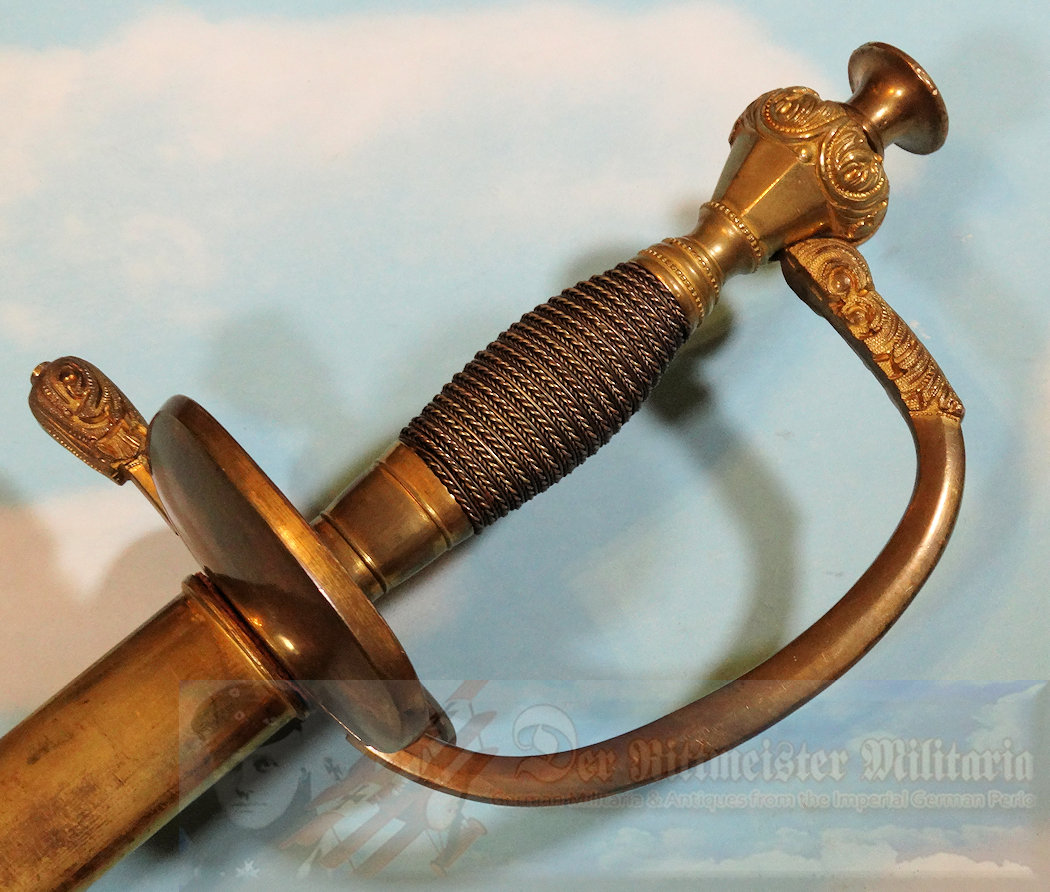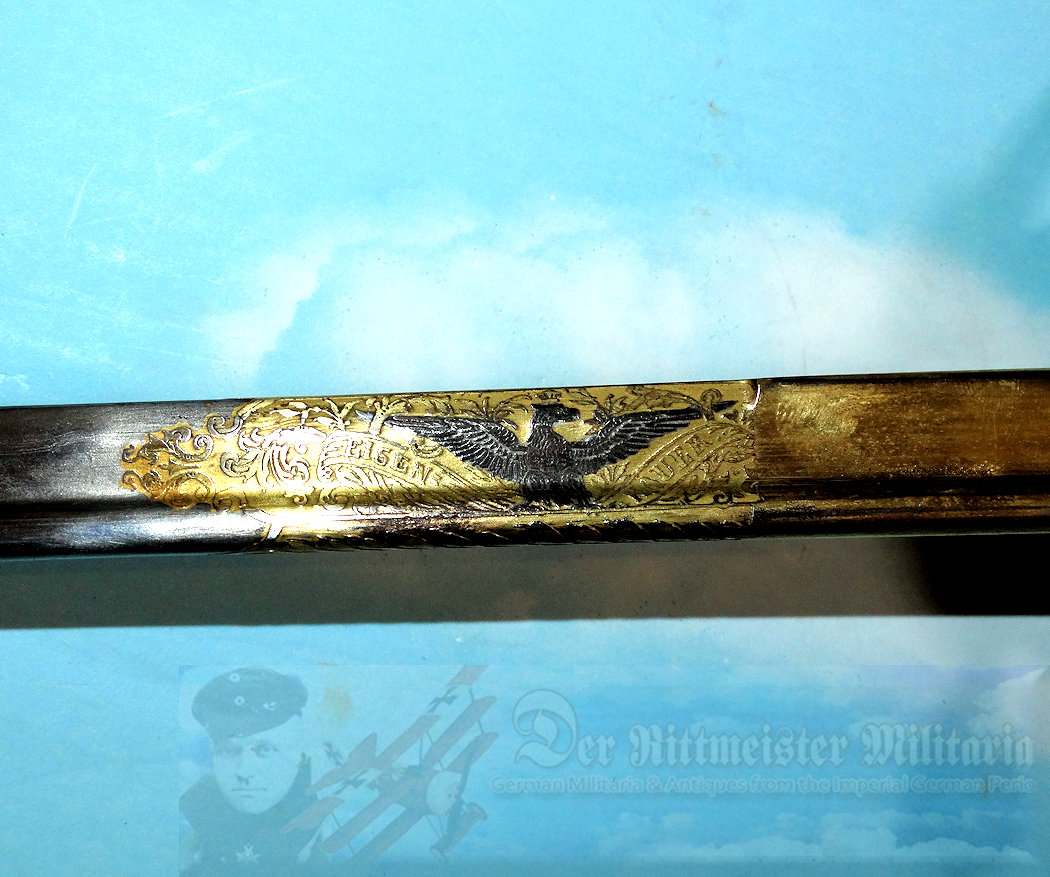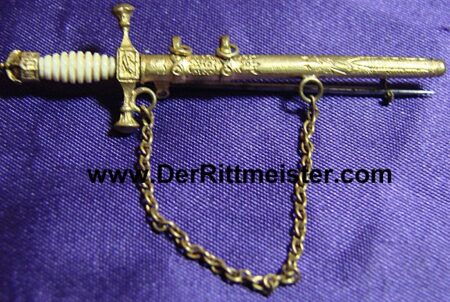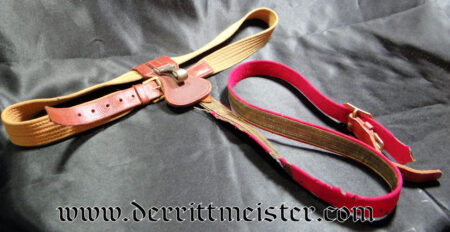Description
PRUSSIA – DAMASCUS COURT DEGEN – ATTRIBUTED TO PRINZ HEINRICH
Honestly, this magnificent sword is the most important edged weapon I have ever shared with you. We have offered Royals’ swords in the past, but NEVER at such a high level. It is actually a Court Degen, one that was used at high court occasions, not for the more typical military parades. Its owner was none other than our old friend, Prinz Heinrich of Prussia (1862-1929), Kaiser Wilhelm II’s younger brother. Heinrich was, first and foremost, a Navy Man. He was one of only six men to be elevated to the position of Großadmiral in 1909. He was also the only man to receive the rank of Großadmiral with Patent. [Von Tirpitz was a Großadmiral WITHOUT patent, meaning he was not allowed to use a Großadmiral’s crossed batons on his shoulder boards and epaulettes, but four pips instead. The latter were equivalent to a Generaloberst in the rank of Generalfeldmarschall in the Army, which was more often a ceremonial rank that given to Royals who had NO true command responsibilities, but instead served as Regimental Chefs].
During WW I, Prinz Heinrich commanded the German Baltic fleet against the Russians. In addition to Heinrich’s naval responsibilities, the Prinz was the Regimental Chef of four regiments, as well as the 1. Garde Regiment zu Fuß’s Generaloberst in the Rank of Generalfeldmarschall.
Two of Heinrich’s swords from the five different commands mentioned above were very plain-looking swords. [I have had the privilege of acquiring and passing them along to new homes]. The keys to their royal attribution were the royal cyphers exhibited on their pommels. Their blades were NOT engraved, and not what one usually expected from a royal. [From all that I have read, Heinrich was a modest and thoughtful man. It appears he was more careful than his brother Wilhelm II when it came to spending the Reich’s money. To call Wilhelm II a lavish spender is a gross understatement]!
As a ceremonial Court Degen, THIS sword is far more elaborate than the others I have had. To begin, it sports a “D” guard grip, with an intricately designed pommel and pommel top. The pommel’s cap features Prinz Heinrich’s royal cypher, as did his other swords. The grip is covered with black sharkskin and single-wire-wrapped in gilt. The grip also displays the Garde Star that is seen on Garde-Regiments’ headdresses. The Degen also presents a clamshell guard that folds up in order to preserve the sword’s already slender, compact nature. It is made of very fine, smooth, supple leather rather than metal (naval swords also feature leather scabbards), which is in fantastic condition with NO major problems. A brass hanger is attached to the scabbard’s reverse so that it may be attached to a belt. The scabbard’s tip does display some scuffing, as well as a brass plate.
When removed from its scabbard, the blade is revealed to be forged of luxurious “Damascus” steel. [According to Wikipedia, “Damascus steel was the forged steel comprising the blades of swords smithed in the Near East from ingots of wootz (crucible) steel imported from India and Sri Lanka. These swords are characterized by distinctive patterns of banding and mottling reminiscent of flowing water. Such blades were reputed to be tough, resistant to shattering, and capable of being honed to a sharp, resilient edge]. These elaborate sword blades are very highly prized. In addition to the Damascus pattern that extends over the blade’s length, at its top is a fantastic gold engraving that centers around a widespread eagle sans Hohenzollern Crown. The gold extends up to the point where the blade begins.
The sword measures 38″ end to end. The blade measures 33″ inches. The handle measures 5.5″ x 3″
This Degen can serve as any collection’s centerpiece. As far as I am concerned, it is Der Rittmeister’s top item of the year.
consignment item.

